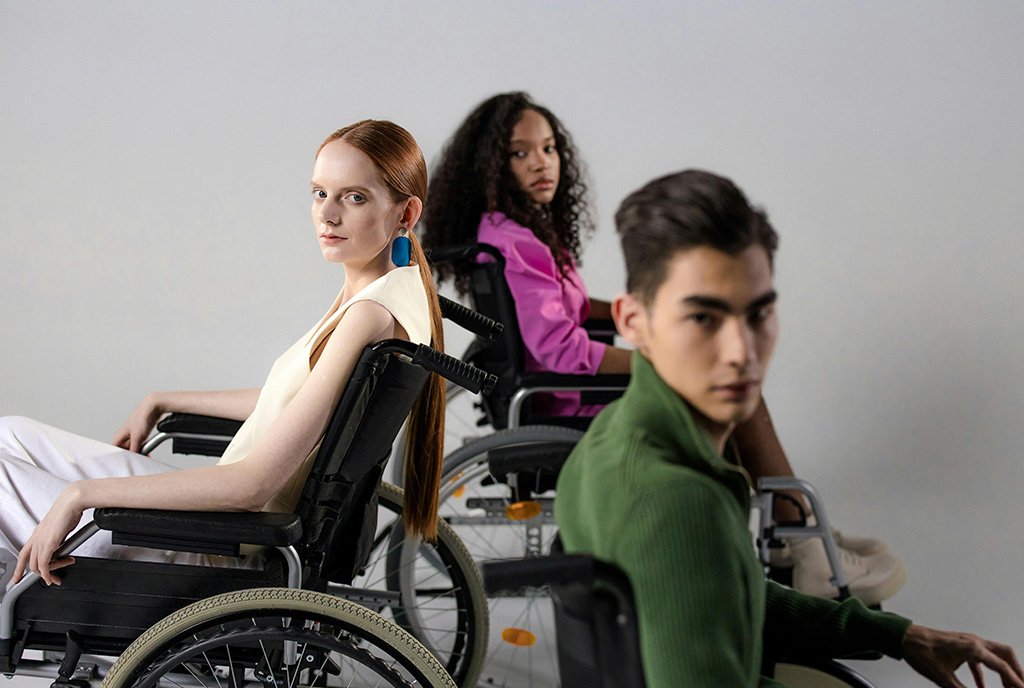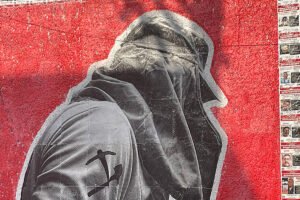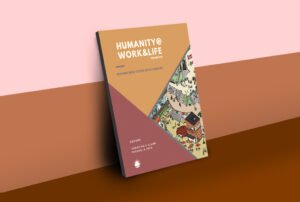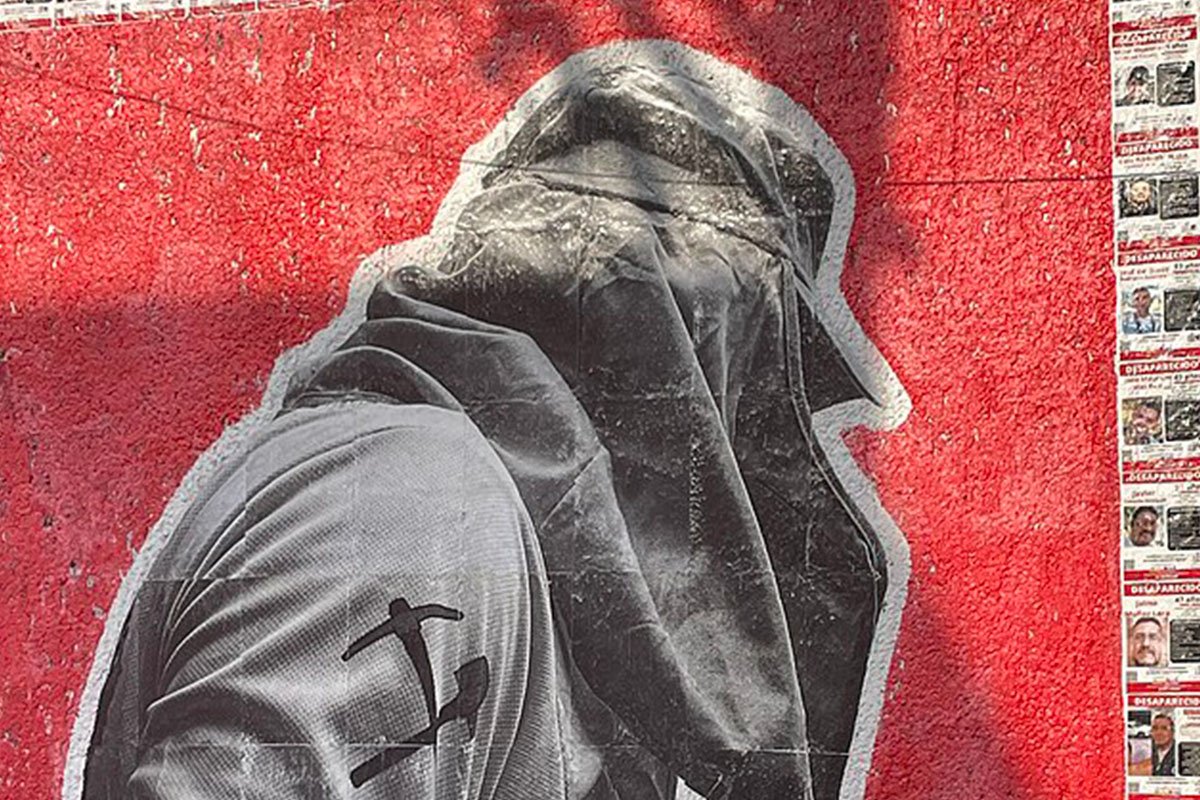
The impact of the US Supreme Court’s Dobbs decision that overturned the constitutional right to an abortion extends far beyond reproductive rights. This legal decision revealed the compounded barriers that individuals at the intersection of disability, race, and gender face.
By enabling state-level abortion restrictions, the court’s decision raised alarming parallels for disability rights advocates, particularly regarding individual autonomy in medical decision-making, access to essential healthcare, and the protection of established legal rights.
Understanding these intersecting challenges is crucial for both reproductive rights and disability rights advocates, as both movements face fundamental concerns about bodily autonomy and legal protections. By acknowledging the complex interconnectedness of these two movements, while maintaining a clear focus on specific goals, advocates can work to protect and advance both reproductive and disability rights in a post-Dobbs landscape.
Hard-Won Gains at Risk
Two laws have been foundational to US disability rights. One is well known: the Americans with Disabilities Act (ADA), initially passed in 1990 and signed into law by former President George H.W. Bush. The lesser known law is Section 504 of the Rehabilitation Act, originally passed in 1973, which ensures individuals with disabilities are not discriminated against in programs and activities that receive federal funds.
Both laws come out of decades of civil rights activism of people with disabilities. This movement is rooted in the notion that true equality and inclusion require approaches encompassing strong legal and statutory frameworks, cross-movement coalition building, new models, and education of the public to combat ableism; along with a strong commitment to intersectional advocacy that addresses the complex interplay of disability with other social identities.
As Martin Luther King Jr. wrote in his “Letter from Birmingham Jail” in 1963, “We are caught in an inescapable network of mutuality, tied in a single garment of destiny. Whatever affects one directly, affects all indirectly.” Accessibility and inclusion strengthen the fabric of society.
In the face of these threats, people with disabilities are actively organizing to counter the administration’s actions.
As with many rights movements, progress is not a straight line. During the Joe Biden administration, disability rights were making significant progress. Updated Section 504 regulations, published as a “final rule” in 2024, promote economic and social inclusion by proactively strengthening obligations for federally funded entities to eliminate barriers and balance civil rights imperatives with economic realities.
By expanding beyond physical accessibility to include digital access, healthcare equity, and employment protections, the rules ensure medical decisions are based solely on clinical criteria, eliminating biases and stereotypes about disability.
These rules prohibit any metrics devaluing life extension based on disability status and address how healthcare systems evaluate and allocate resources among patient populations. They provide important protections for parents with disabilities, requiring parenting evaluations that focus on actual parenting skills rather than disability status.
Community integration receives renewed emphasis in the rule, building upon the US Supreme Court’s Olmstead v. L.C. decision in 1999, which bans the institutional confinement for people who can handle and benefit from community settings.
These updates present a person-centered-care approach with emphasis on specific timeframes for implementation and clear standards for compliance. It demonstrates a commitment to meaningful rather than aspirational change.
In the past, some disability advocates argued that the ADA’s emphasis on economic participation reflects a neoliberal framework, commodifying disability rather than advancing broader social justice. Its implementation over the last 30 years revealed gaps between legislative intentions and practical outcomes, problems in enforcement and persistent barriers in employment and healthcare access. The updated 504 regulations provided corrections to those gaps.
But now with the administration of President Donald Trump and the implementation of Project 2025, many of these recent gains are at risk, including student accommodations, healthcare access, workforce protections, and more. In the face of these threats, people with disabilities are actively organizing to counter the administration’s actions.
Stories of Resistance from the Field
Current resistance to the chipping away of rights and protections has emerged from multiple sectors with distinct concerns. These days, for example, gender dysphoria, as a protected disability under federal anti-discrimination laws, is being deployed as a wedge issue like the HIV controversy in the 1990s.
Many people impacted by these regulations fear the loss of protections. A professional service provider cared for her daughter, recently deceased, who suffered a neurological health issue, told NPQ that she cannot comprehend why her daughter would not have been afforded the same rights as other women her age or received equal protection under the law.
“I struggle between the emotions of being completely grief stricken and would do anything to have her back, to the comfort of knowing she is at peace, and nobody can strip away her rights,” she said.
Sign up for our free newsletters
Subscribe to NPQ's newsletters to have our top stories delivered directly to your inbox.
By signing up, you agree to our privacy policy and terms of use, and to receive messages from NPQ and our partners.
Imagine that statement as a parent, and the devastating realization that death might be the only circumstance where a child’s rights could no longer be violated. This person’s dual perspective as a parent and healthcare professional provides a unique insight into the systems that should protect vulnerable individuals.
In another instance, a woman who is a poet and a person living with a spinal cord injury offered her reflections on what it would mean for women with disabilities to face additional marginalization.
“People with disabilities already face immense challenges—poverty, lack of healthcare, mobility barriers, and limited resources,” she told NPQ.
“Abortion restrictions,” she observed, “added another layer of hardship, making access nearly impossible for disabled individuals who may need it due to financial instability, illness, or assault. Many cannot afford to travel to states with protections, lack accessible transportation, or risk losing vital government benefits.”
The Dobbs decision, she noted, further endangers their health. Restrictions will not stop the need for abortions but will just make them even more dangerous for disabled people who are already marginalized. “I cannot imagine what it will be like if protections afforded by the 504 regulations are weakened or taken away.”
Most concerning is the careful calculation that now precedes any public statement.
Fear—and a Path Forward
Several agencies contacted for inclusion in this article were reticent to provide information, despite their agreement that the rights of people with disabilities need to be defended.
Groups across the country are undertaking comprehensive reviews of their public-facing materials, scrutinizing documents, web pages, and publications for language that might draw unwanted attention from federal agencies. They are overhauling their communications strategies and reassessing the terminology and framing used to discuss sensitive issues.
Many are finding themselves forced to limit participation in certain media, coalitions, or campaigns, even when these collaborations align with their organizational missions. Most concerning is the careful calculation that now precedes any public statement. Issues that previously would have received robust commentary are now subject to risk assessments and strategic evaluations.
Cross-movement solidarity is a powerful strategy. In solidarity, there is strength.
Organizations are weighing the importance of advocacy against the potential consequences of speaking out. This situation has led many to establish firewalls between their federally funded programs and advocacy work, creating artificial divisions within unified missions and diminishing their possibilities to address 504 and other rights issues.
But effectively addressing the complex and critical challenges following the Dobbs decision and challenges to 504 require strategies that combine legislation, litigation, coalition building, new models, and initiatives to educate the general public. Strengthening existing statutory protections under federal and state law is essential to support the enforcement of Section 504 in healthcare settings. New state and federal legislation is required to address gaps that emerge from legal developments. Given the present federal administration, advocates right now are focused on incorporating federal protections into state statutes.
Advocacy organizations, especially those not dependent on federal funds, must continue tracking outcomes, documenting violations, and pushing for accountability when healthcare providers or institutions fail to meet their obligations to the disability community. They must be willing to litigate issues with private, state, and federal authorities. State attorneys general also have a role in promulgating consumer protection regulations.
Strategy Rooted in Solidarity
In this context, cross-movement solidarity is a powerful strategy. In solidarity, there is strength. Disability advocates should connect with other social justice activists working toward age, gender, and reproductive rights, as threats to bodily autonomy impact many medical decisions and care policies. By forming coalitions among disability, aging, reproductive, and gender justice movements, advocates amplify their collective voice and impact and ensure violations are not compounded.
Public awareness can build a broader understanding of disability rights as part of comprehensive healthcare reforms, rather than as an afterthought. In addition, a primary focus on disability rights advocacy involves promoting, for example, supported decision-making as an alternative to traditional guardianship models. Such efforts align with many aging community concerns about current guardianship models.
The struggle for disability rights exists at a critical intersection of civil rights, healthcare equity, and social justice, where market pressures and ideological resistance continue to create barriers to full inclusion. Like the Dobbs decision’s impact on reproductive rights, recent challenges to disability protections reveal the vulnerability of civil rights gains and underscore how different forms of systemic discrimination—including ableism, racism, and sexism—create compounded barriers for marginalized communities.
True progress requires a comprehensive approach that combines legal advocacy, coalition building, and public engagement to not only defend existing protections but also advance toward a society where healthcare equity and human dignity are guaranteed for all.











